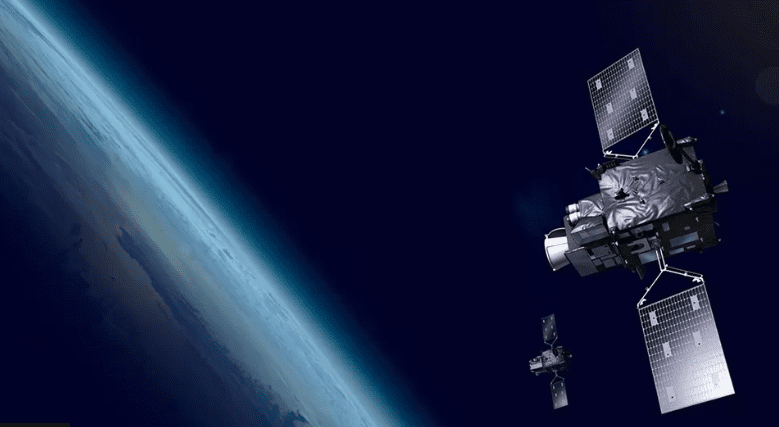The European meteorological organization Eumetsat has just published breathtaking videos of lightning striking the whole planet. These measurements were taken by a brand-new device that was launched 36,000 kilometers over southeast Africa in December. Once fully operational, the imager will be a crucial tool for forecast as they monitor the development of severe storms. Heavy rain, hail, and even strong wind gusts are frequently preceded by lightning. The films were deemed “fantastic” by Phil Evans, director-general of Eumetsat. According to him, the Americans have had a device similar to this over their region of the world for a few years, but this is the initial version for Europe and Africa.


Eumetsat is the name of the multinational organization in charge of managing Europe’s meteorological satellite assets. It is currently testing the recently launched Meteosat-12 device, a modern weather-observing Spacecraft are dangerous that scientists predict will bring about a step upward in “now casting” — the warning of challenging atmospheric conditions on very short time viewpoints, in the order of just hours. Monitoring lightning activity will be at the heart of this capacity. The Meteosat-12’s lightning detector has four telescopic cameras pointed at Europe, Africa, the Middle East, and parts of South America.
Their detectors are always on the lookout detect the light pulse that come from intra-cloud, cloud-to-cloud, and cloud-to-ground lightning strikes. They will capture even one lightning strike while doing this, day or night.
“The shortest possible time of a lightning [detection] is 0.6 millisecond; that means a thousand times quicker than the blinking of an eye,” stated guidance Pastorini of Leonardo, the Italian aerospace firm that designed and constructed the equipment. On June 12, there is a stunning clip of lightning over the UK.The emergence of a “Mesoscale Convective System,” or MCS, made the position of the thunderstorms from the satellite much more exciting, according to BBC Weather forecaster Simon King.
Under some conditions, this thunderstorm expands and produces more thunderstorms. The satellite first detects this cloud patch in south-east England, but as it expands and moves north-west, we can see lightning form on its leading edge.

Forecasters in Europe already have highly efficient ground systems to find lightning. Its radio waves emission causes a discharge that the ATD Net (appear Time Variation Network) detects. Also employed is radar. The head of applications in space and now casting R&D at the UK Met Office, Simon Keogh, noted that these lightning networks “tend to detect primarily the cloud-to-ground strikes of lightning, rather than any cloud-to-cloud, or intra-cloud lightning.”
Those lightning strikes from clouds to the ground only account for 10% of all lightening activity in the sky. Therefore, the camera on the satellite is picking up lightning activity inside the cloud, which accounts for the remaining 90%. These systems are wholly complimentary in my opinion.

Additionally, there are less radio frequency networks in Africa, where the majority of lightning strikes on Earth. Forecasters will consequently find the Meteosat data to be very helpful. The same holds true for ocean surveillance. Long-haul aero plane safety should be improved by the imager’s monitoring of what’s happening over the Atlantic. The data from the new imager will undoubtedly be of interest to climate experts. They’ll be able to compile considerably better data over time on the speed of lightning thanks to it.
Even atmospheric chemists will be enthralled. The “unreactive” oxygen in the air is transformed into the “reactive” versions by the energy of lightning, which then fall to the ground as nitrates to enrich the soil. Helping to enhance the models that are used to predict where forest fires can start as a consequence of lightning strikes would be an additional potential advantage. The spaceship will undergo testing all throughout this year. Early in 2024, the national forecasting services—including the German Meteorological Service, Meteo France, and the UK Met Office—should start routinely using Meteosat-12 data.

